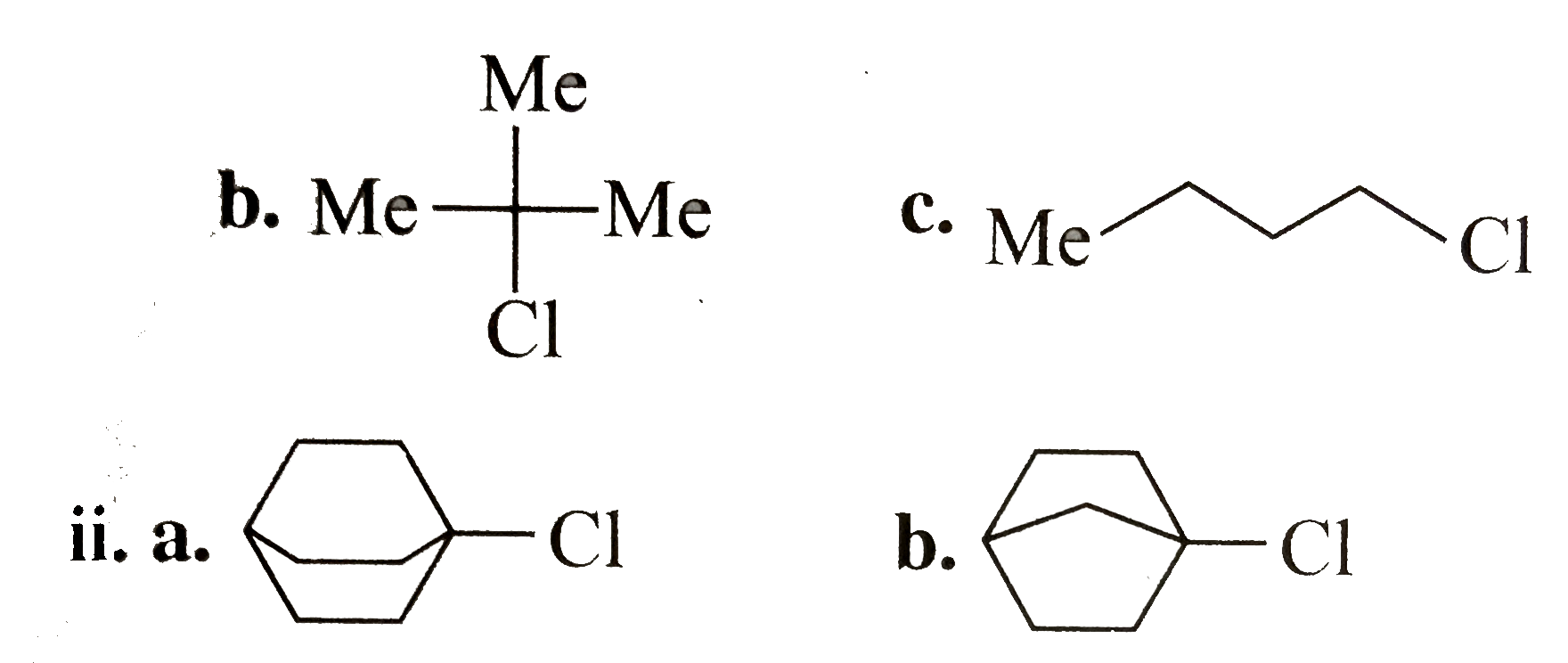The process of hydrolysis is
always exothermic
always endothermic
either exothermic or endothermic
neither exothermic nor endothermic
The correct Answer is:B
Step-by-Step Solution:
1. Understanding Hydrolysis:
- Hydrolysis is a chemical reaction that involves the interaction of a substance with water. In this process, water acts as a solvent and participates in the reaction.
2. Stability of Products and Reactants:
- When hydrolysis occurs, the stability of the products formed can either be greater than or less than that of the reactants. This stability is a key factor in determining whether the reaction is exothermic or endothermic.
3. Exothermic vs. Endothermic Reactions:
- If the stability of the products is greater than that of the reactants, the reaction releases energy, making it exothermic. This means that the overall enthalpy change (ΔH) is negative.
- Conversely, if the stability of the products is less than that of the reactants, the reaction absorbs energy, making it endothermic. In this case, the overall enthalpy change (ΔH) is positive.
4. Conclusion:
- Since hydrolysis can lead to either an increase or decrease in stability of the products compared to the reactants, it can be classified as either exothermic or endothermic depending on the specific reaction. Therefore, hydrolysis cannot be strictly categorized as one or the other; it can be both.
5. Final Answer:
- The process of hydrolysis can be either exothermic or endothermic, depending on the stability of the products relative to the reactants. Thus, the most appropriate answer is that hydrolysis can be both exothermic and endothermic.
- Hydrolysis is a chemical reaction that involves the interaction of a substance with water. In this process, water acts as a solvent and participates in the reaction.
- When hydrolysis occurs, the stability of the products formed can either be greater than or less than that of the reactants. This stability is a key factor in determining whether the reaction is exothermic or endothermic.
- If the stability of the products is greater than that of the reactants, the reaction releases energy, making it exothermic. This means that the overall enthalpy change (ΔH) is negative.
- Conversely, if the stability of the products is less than that of the reactants, the reaction absorbs energy, making it endothermic. In this case, the overall enthalpy change (ΔH) is positive.
- Since hydrolysis can lead to either an increase or decrease in stability of the products compared to the reactants, it can be classified as either exothermic or endothermic depending on the specific reaction. Therefore, hydrolysis cannot be strictly categorized as one or the other; it can be both.
- The process of hydrolysis can be either exothermic or endothermic, depending on the stability of the products relative to the reactants. Thus, the most appropriate answer is that hydrolysis can be both exothermic and endothermic.
Topper's Solved these Questions
- IONIC EQUILIBRIUM IN AQUEOUS SOLUTIONSBOOK - RC MUKHERJEECHAPTER - IONIC EQUILIBRIUM IN AQUEOUS SOLUTIONSEXERCISE - Problems
64 Videos
- EUDIOMETRY OR GAS ANALYSIS BOOK - RC MUKHERJEECHAPTER - EUDIOMETRY OR GAS ANALYSIS EXERCISE - PROBLEMS
28 Videos
- MISCELLANEOUS OBJECTIVE QUESTIONSBOOK - RC MUKHERJEECHAPTER - MISCELLANEOUS OBJECTIVE QUESTIONSEXERCISE - MCQ
277 Videos
Similar Questions
Knowledge Check
Sucrose on hydrolysis gives
Aglucose onlyBglucose and galactoseCglucose and fructoseDglucose and lactoseLactose on hydrolysis gives
AglucoseBfructoseCfructose + glucoseDglucose + galactose
What are the products of hydrolysis of lactose ?
View SolutionWhat are the products of hydrolysis of lactose?
View SolutionGive the order of hydrolysis in SN1 process for the following :

 .
.
View SolutionSalt hydrolysis
View SolutionSalt hydrolysis
View SolutionWhich one of the following is not an example of homogeneous catalysis?
(A)Formation of SO3 in the chamber process
(B) Formation of SO3 in the contact process
Hydrolysis of an ester in the presence of acid
(D) Decomposition of KClO3 in the presence of MnO2
View Solution
